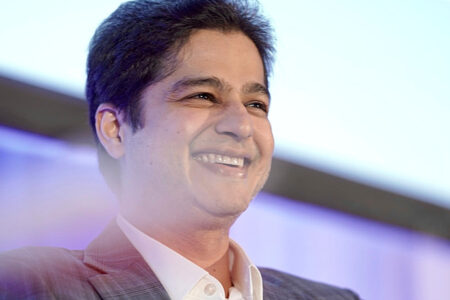Considering how trading desks can optimise new technology, panellists at this year’s Fixed Income Leaders Summit discussed how to prioritise automation efforts, what approach should be taken with AI, and reached a conclusion on the ever-present question of buy versus build.
Buy v Build
The current consensus on the buy-versus-build debate is to buy core components and build out with specialty additions, according to panellists at FILS 2024.

Discussing front-office technology, Jay Gattani, global head of trading and operations technology at Nuveen, noted that while firms previously benefited from homegrown solutions it is now more efficient to use vendor products and allocate budgets to portfolio construction and functions that give them a competitive edge.
Firms will all want different versions of an EMS, explained Chris Heffernan, executive vice president and global head of fixed income at Trading Technologies, and if providers try to create customised systems for each client they will never be able to scale. Instead, he advocated for a component-based approach whereby firms can pick and choose the elements most relevant to their needs and then build around them. This will reduce the barrier to entry, he added, removing the gamble of investing in a high-cost system without knowing whether it will be effective.
Gattani added that although there is a considerable focus on EMSs, as of yet there is no EMS mature enough to cover the whole fixed income spectrum. He advised that firms work with an EMS provider which specialises in a few sub asset classes and build on top of those provisions until a more high-coverage system emerges. This approach has the added benefit of encouraging greater engagement with EMSs, which currently have low adoption rates – just 18%. “I can tell you from firsthand experience that you’re making a big mistake by not adopting [this technology]”, Heffernan warned, “imploring” the industry to begin their EMS processes “one way or another” for 2025 and beyond.
Interoperability
“Walled gardens don’t work anymore,” asserted Jonathan Pickel, director of product development at AG Analytics; technology needs to be able to speak to other systems, internally and externally, with little friction. Each element of the investment management process needs to be given equal consideration, he said, or a firm’s overall efficiency will suffer. FIX protocol has gone some way to provide the plumbing for connectivity, Gattani observed, but in the complex fixed income ecosystem its limitations are becoming more clear. However, the industry is adjusting and beginning to adhere to new standards, he reassured.
AI
Artificial intelligence is another tool that has a significant impact on the trading desk, with Andrew Dassori, founding partner and CEO at Wavelength Capital Management, stating that investors need to adapt the new technology and take full advantage of the disruptive change headed the industry’s way. A particular use case that Dassori raised was data management and processing, an issue becoming increasingly prescient as the quantity of heterogeneous data made available to firms continues to grow. AI and machine learning can help to clean and manage data, making it useful for firms and operating at a speed that would be impossible for the human workforce.
Earlier adopters of this technology are beginning to see the competitive edge that it can bring them, Dassori observed, However, the myriad opportunities that AI brings to the trading desk do not come without their risks. Explainability is key; if models are left to learn unsupervised results could be unexpected and incorrect, whether from type 2 errors or hallucinations, and may appear as ‘black boxes’ that produce unexplainable results. This, in turn, could cause forms to breach their fiduciary duties, Dassori warned.
Prioritising automation
Automation requires robust controls, recognised by executives and regulators, to boost confidence in firms’ systems; just as with implementing AI, explainability and supervision are crucial. Similarly important is interoperability. Internal automation needs to be able to connect to that in the external ecosystem, stated Robert Shearman, head of credit product development at Citi, adding that “internal automation work needs to be connected to clients, or it means nothing”. Ecosystems are in place, and the industry is prepared to step into automation, asserted Andrew Claeys, head of systematic trading at Allspring Global Investments. “There’s always hesitation when taking the leap to automate, but the benefits are clear in practice,” he said, anticipating a larger buyin as time goes on.
Portfolio trading
Considering portfolio trading, a popular topic at this year’s conference, Michael Rus, head of high yield trading for the US at AllianceBernstein, shared that while the firm was an early adopter of the protocol a large amount of human overlay is still required in the process. Historically, automation has been conflated with speed, recounted Shearman. This caused solutions to be churned out and given to clients, causing more harm than good, he continued. “Sometimes you have to slow the process in an automated way to present what’s necessary to the market,” he concluded.
©Markets Media Europe 2024
©Markets Media Europe 2025












